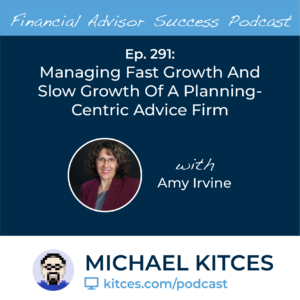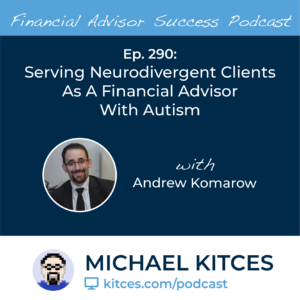Financial planning is both an art and a science. While an advisor needs technical financial planning knowledge to create and implement plans for clients, soft skills that involve effective communication and relationship building are also crucial to both relate to prospects and clients and to understand their needs. Further, one of the most important qualitative ways an advisor can add value to clients is by helping them identify and select meaningful goals. And so, by asking the ‘right’ questions and building a bond with clients, an advisor not only ensures that their clients select appropriate goals, but also creates ties that will encourage them to remain clients for years to come.
As part of his Life Planning approach, George Kinder developed three questions that probe deeper into a client’s hopes, dreams, and fears, to help advisors develop more complete and impactful financial plans. The first of these questions asks clients to dream about their future and freedom, brainstorming how they would live their life if they were financially secure. The question is open and exploratory, creating the perfect environment for the client to provide more insight into their goals and priorities.
This approach to goal setting relies on social constructionism, a theory that suggests reality can be developed collaboratively. When advisors and clients work together through dialogue to develop a shared vision of the client’s dream life, both parties are better able to understand not only what the goal is, but also why it matters.
Notably, the goal-development process is not a quick one. Often, clients do not know what their goals are, or might struggle to articulate the details of their goals. For example, a client might say that their goal is to retire, but that doesn’t tell the advisor what the client wants their retirement to look like. But by using dialogue and engaging in the process of developing a socially constructed goal, the advisor may uncover what retirement really means for the client – the goals and activities they wish to pursue, how they want to spend their time, and how they envision their future.
Another benefit that comes from socially constructed goals is relationship stickiness. When goals are co-constructed between an advisor and their client, the desired outcomes are something that both parties uniquely and intimately share. And when an advisor co-constructs with clients, no other advisor will do!
In practical terms, while Registered Life Planners typically bring up the Kinder questions with clients without warning (as they have extensive training to handle the ‘shock’ value of the questions), other advisors with no Life Planning training might consider giving clients advance notice so they can start to consider their answers and help both parties be more comfortable with the discussion. During the client meeting, it is important for the advisor to ask several follow-up questions, not only to keep the conversation flowing, but also to help clients clarify their goals. These questions could explore the client’s motivations, who else is with them when imagining their best life, and how their dream differs from their current situation.
Ultimately, the key point is that Kinder’s first question is a valuable tool for advisors to work constructively with clients to help them discover their true goals. Which not only helps clients better understand what they are really looking for in life, but also allows the advisor to create a better financial plan and enhance client loyalty!

 Welcome back to the 291st episode of the Financial Advisor Success Podcast!
Welcome back to the 291st episode of the Financial Advisor Success Podcast! Welcome back to the 290th episode of the Financial Advisor Success Podcast!
Welcome back to the 290th episode of the Financial Advisor Success Podcast!

